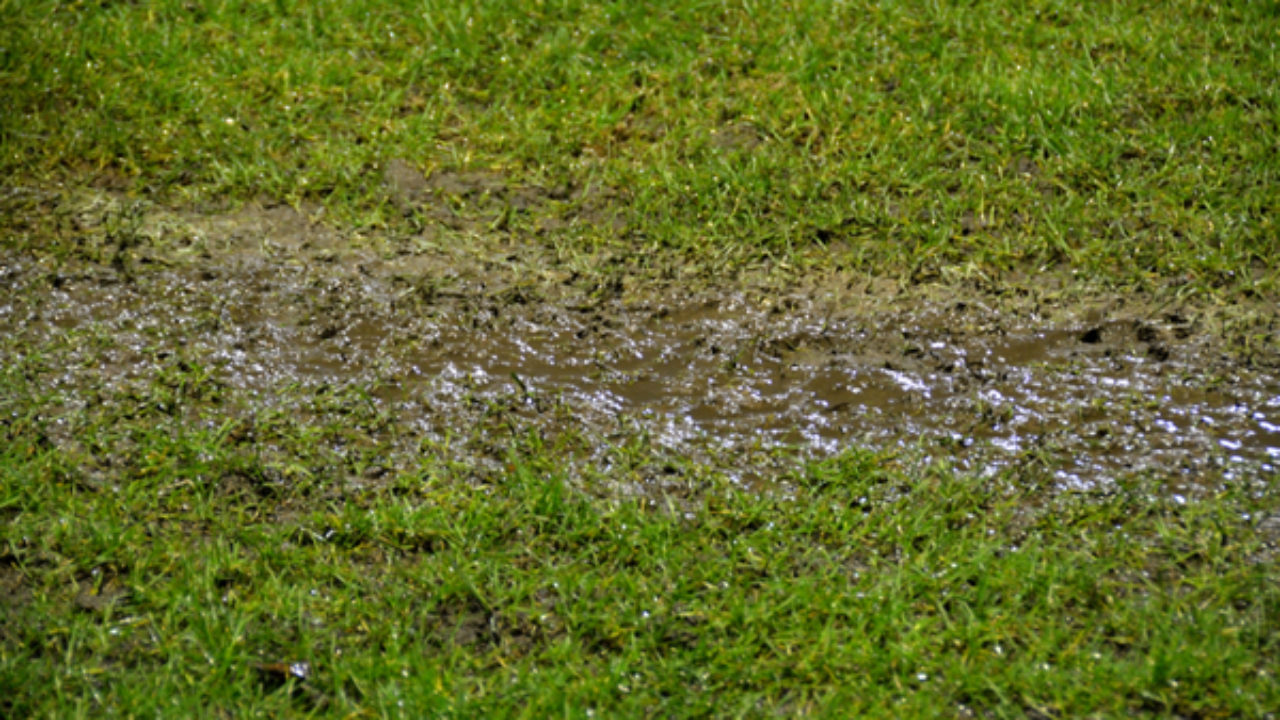Uncovering Concealed Water Line Leaks: 6 Effective Detection Hacks
Uncovering Concealed Water Line Leaks: 6 Effective Detection Hacks
Blog Article
The content in the next paragraphs relating to Hacks to detect leaks is without a doubt fascinating. Check it out for yourself and figure out what you think about it.

Early detection of leaking water lines can minimize a possible catastrophe. Some small water leaks might not be noticeable.
1. Take A Look At the Water Meter
Checking it is a guaranteed means that helps you find leakages. If it relocates, that indicates a fast-moving leak. This indicates you might have a slow-moving leakage that could also be underground.
2. Examine Water Usage
Evaluate your water costs as well as track your water consumption. As the one paying it, you should notice if there are any kind of disparities. If you identify sudden changes, regardless of your usage being the same, it implies that you have leakages in your plumbing system. Keep in mind, your water costs must drop under the same range monthly. A sudden spike in your costs indicates a fast-moving leak.
On the other hand, a steady boost monthly, despite having the same routines, reveals you have a sluggish leakage that's additionally slowly intensifying. Call a plumber to thoroughly check your property, particularly if you feel a warm area on your floor with piping underneath.
3. Do a Food Coloring Test
30% comes from bathrooms when it comes to water usage. Test to see if they are running appropriately. Decline specks of food shade in the tank and also wait 10 mins. There's a leak in between the container as well as bowl if the color somehow infiltrates your dish during that time without flushing.
4. Asses Exterior Lines
Do not forget to inspect your exterior water lines too. Should water permeate out of the connection, you have a loose rubber gasket. One little leakage can throw away tons of water and also surge your water bill.
5. Check and Examine the Situation
House owners should make it a routine to examine under the sink counters and even inside cupboards for any kind of bad odor or mold and mildew growth. These two red flags suggest a leakage so punctual focus is required. Doing routine evaluations, even bi-annually, can save you from a major issue.
A lot more notably, if you recognize your house is currently old, maintain a watchful eye on your heating units, pipes, pipes and so on. Check for stainings and also damaging as most pipes as well as devices have a life span. They will certainly additionally naturally wear away due to tear as well as use. If you presume leaking water lines in your plumbing system, don't await it to rise. Call an expert plumber immediately so you do not wind up with an awful mess in your house.
Early discovery of leaking water lines can reduce a prospective disaster. Some tiny water leakages might not be noticeable. Inspecting it is a surefire way that aids you find leaks. One tiny leakage can lose lots of water and surge your water bill.
If you presume leaking water lines in your plumbing system, don't wait for it to rise.
WARNING SIGNS OF WATER LEAKAGE BEHIND THE WALL
PERSISTENT MUSTY ODORS
As water slowly drips from a leaky pipe inside the wall, flooring and sheetrock stay damp and develop an odor similar to wet cardboard. It generates a musty smell that can help you find hidden leaks.
MOLD IN UNUSUAL AREAS
Mold usually grows in wet areas like kitchens, baths and laundry rooms. If you spot the stuff on walls or baseboards in other rooms of the house, it’s a good indicator of undetected water leaks.
STAINS THAT GROW
When mold thrives around a leaky pipe, it sometimes takes hold on the inside surface of the affected wall. A growing stain on otherwise clean sheetrock is often your sign of a hidden plumbing problem.
PEELING OR BUBBLING WALLPAPER / PAINT
This clue is easy to miss in rooms that don’t get much use. When you see wallpaper separating along seams or paint bubbling or flaking off the wall, blame sheetrock that stays wet because of an undetected leak.
BUCKLED CEILINGS AND STAINED FLOORS
If ceilings or floors in bathrooms, kitchens or laundry areas develop structural problems, don’t rule out constant damp inside the walls. Wet sheetrock can affect adjacent framing, flooring and ceilings.
https://www.servicemasterbyzaba.com/blog/how-to-detect-water-leakage-in-walls/

As a reader on Top leak detection hacks, I assumed sharing that piece of content was mandatory. If you enjoyed our page if you please do not forget to share it. Kudos for your time. Visit again soon.
Clog problems? Inform. Report this page